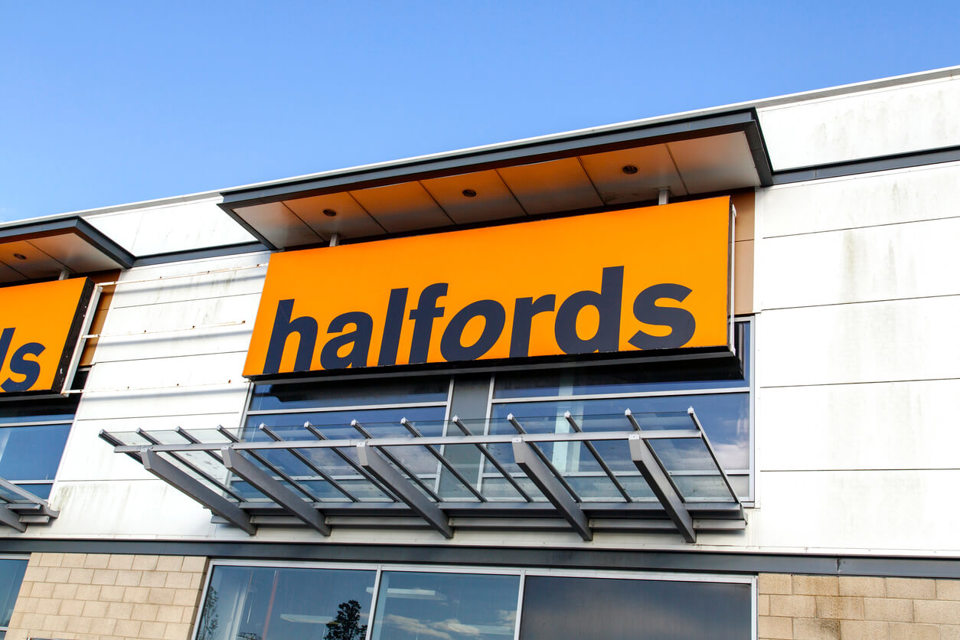One in five contract hire and leasing companies are already using independent repairers for aftersales work, while 58% predict they will send more work that way, according to a BVRLA survey last year.
In addition to pricing, they cited access to a national network as a major plus point. It hands a clear advantage to the likes of Halfords Autocentres, with its 240 centres.
But Halfords has learned the hard way how important it is to have fleet customers.
During its first foray into car servicing it did no business-to-business activity. In 2001 it withdrew from the market.
Nine years later it decided to have another go, acquiring Nationwide Autocentres in February 2010.
Duncan Wilkes was at the helm of Nationwide Auto-centres and has remained as chief executive of the rebranded Halfords Autocentres.
He says that during the course of the acquisition Halfords saw how important fleet business was to Nationwide Autocentres and recognised the need to continue investing.
Today about 26% of Halfords Autocentres’ business is fleet and it’s growing faster than the retail side. In 2006 fleet was 21% of Nationwide Autocentres’ business.
Cost-effective solution for fleets
The driving factor is fleet operators looking for the most cost-effective solution, according to Wilkes.
“The key thing we’ve needed to demonstrate to our business customers is that our standard of service is the same as that of franchised dealers because they can see clearly that there is a significant price difference,” Wilkes says.
Figures seen by Fleet News reveal that Halfords’ CSI scores with leasing company partners compare favourably with franchised dealers’ scores, and that’s with a much higher volume of service bookings.
Pricing differences vary, but Wilkes claims fleets can save 20% upwards on mass market vehicles, 30-35% on mid-range vehicles and 50% on prestige vehicles for parts and labour.
Labour rates are said to be 30-40% cheaper.
Wilkes believes Halfords Autocentres will always have a price advantage over dealers – even if they introduce a national pricing structure.
“Their costs will always be higher than ours as a consequence of the requirement the manufacturer puts on them for the nature of their premises,” he says.
“I can’t see that the economics of the franchised dealer are going to change to be able to put them in a position to compete with us.”
But what if manufacturers offer a free service plan?
“The reality is that it isn’t free,” Wilkes replies. “They still have to pay their network to do the work and the cost of that will be in the deal somewhere.”
Wilkes also dismisses the argument that it is better to have a manufacturer stamped service book.
“I think that’s a smokescreen,” he says.
“Customers who dispose of their vehicles through auctions tell us that as long as there is a service history it’s irrelevant whether it’s a franchised service history or not.”
Wilkes also suggests that Halfords Autocentres is “easier to deal with” than franchised dealers.
“Our lead times tend to be shorter, we respond to jobs quicker on 1link and we have a no refusals policy, given that we’ve agreed a three-day lead time and pick-up radius,” he says.
“And with us they can do a deal that covers the whole country and every car in their fleet on the same terms with the same labour rate, the same service level agreements, with the same commercial structure and with the same operation structure.”
Training champion
Halfords Autocentres is the country’s leading champion of technician training.
It has more ATA trained staff than anyone in the UK and it runs the biggest independent apprenticeship scheme with about 200 apprentices.
Besides investing in training Halfords Autocentres has put money into diagnostic equipment and centre refurbishment.
“Over the last 12 months we’ve refurbished and rebranded every single one of our centres,” Wilkes says.
Halfords took over 223 Nationwide centres in the acquisition and has since grown the network to 240. It plans to add 30 centres a year until it reaches 400.
The level of investment is one way that Halfords Autocentres differs to Nationwide Autocentres.
“The investment capability and the investment horizon that we’re working on is significantly different,” Wilkes says.
“When we were owned by a private equity investor the timescale for evaluating the return on investment was relatively short and the expectation was that there would be a change of ownership in three or four years.
“Halfords’ willingness to invest is governed by a much longer horizon. It’s done on a 10- to 20-year horizon rather than two to three years.”
Almost two-thirds (65%) of Halfords Autocentres’ fleet business comes from contract hire and leasing companies. Rental firms make up 15%, warranty organisations 10% and the remainder is an amalgamation of business operators, including small fleets.
Growing competition from independents
Wilkes is looking for more direct relationships with fleets as well as leasing companies.
But he faces growing competition for fleet business from other independent repairers, including those operating under franchises, such as the Bosch network.
“There are soft networks who are loose confederations of independents, but they introduce an extra layer of cost and management complication whereas we manage all of our business directly – all of our centre managers work for us,” Wilkes replies.
“They won’t be able to provide the level of consistency that we can. The quality of our response times, for example, will be consistent.




















concerned - 30/09/2012 21:29
How can a garage claim to pick up - service/repair wash/vac multiple vehicles in a busy city like Leeds? How many members of staff do they have? How many company vehicles do they own to offer a collectin/delivery service?